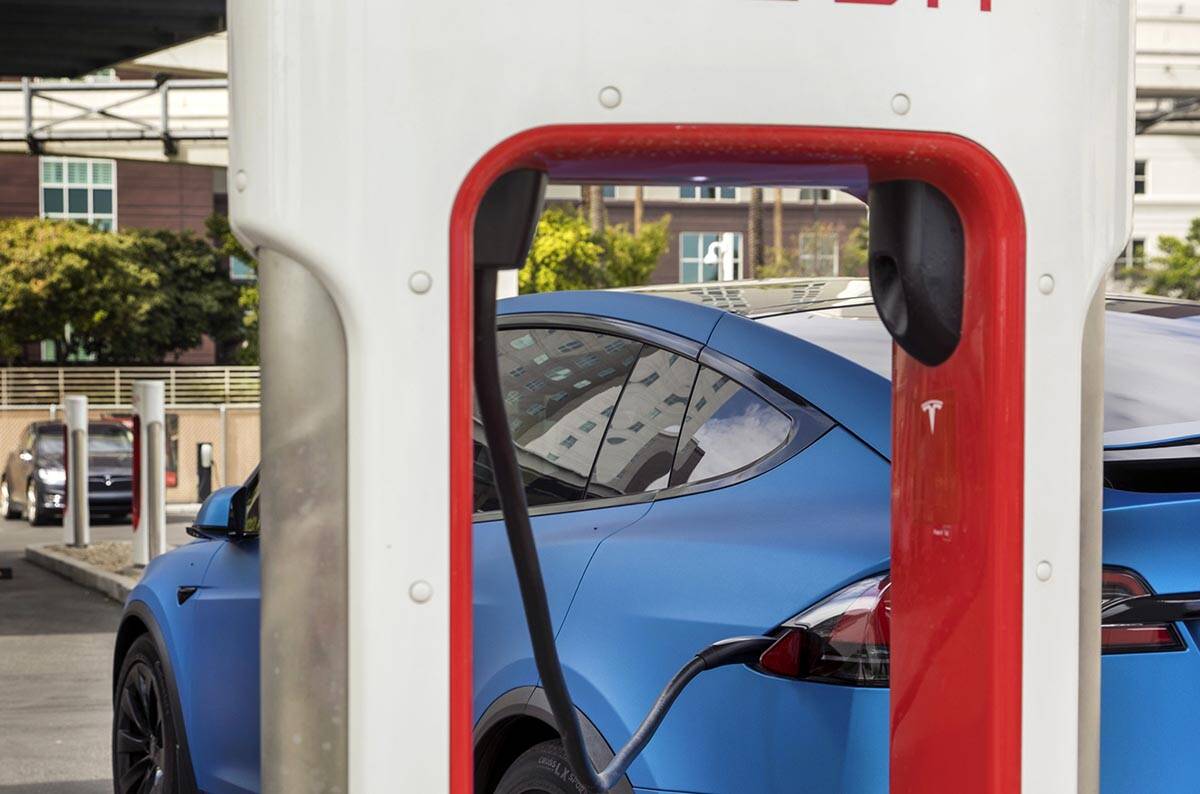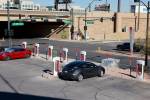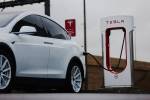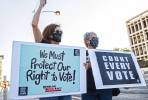EDITORIAL: California hopes to tax the rich to subsidize EVs
California is typically on the forefront of progressive innovation — which means it’s constantly trying to clean up policy disasters. For example, try to follow the bouncing ball detailing the ramifications of the state’s effort to ban sales of new gasoline vehicles by 2035, the market be damned.
In November, Golden State voters will decide the fate of a ballot initiative that would raise state income taxes — surprise! — on wealthy residents. Backers claim the proposal will generate up to $4.5 billion a year, most of which would go toward electric vehicle subsidies and other green endeavors.
Helping to bankroll the initiative is the ride-sharing outfit Lyft.
This makes sense, in a bizarre way. As part of California’s forced transition to EVs, regulators have ordered that plug-ins account for 90 percent of ride-sharing vehicle miles by 2030. But most drivers can’t afford to purchase a new electric vehicle, the price of which now averages about $60,000. The mandate threatens to put many drivers on the unemployment rolls, drive up fares and even put Uber and Lyft out of business in the state.
The tax hike on the rich, then, would potentially operate as a massive subsidy to ride-share companies by creating a pool that drivers may tap in order to purchase an electric vehicle that allows Lyft and others to comply with the state’s edict. It’s called crony capitalism.
Keep in mind that the state already subsidizes electric vehicle purchases, even for the rich. But that’s still not enough. So in order to meet its arbitrary green electrification goals, California intends to implement a large wealth transfer scheme under which ownership of an electric vehicle would essentially become a “right” for the poor and middle class. Don’t be surprised when that handout eventually extends to vehicle repairs, battery replacements, etc., or the mandate is expanded to include used vehicles. What could go wrong?
Never mind that California’s grid — currently prone to blackouts thanks in part to environmental restrictions — can barely handle the modest number of plug-ins currently on the state’s roads. Last summer, regulators urged owners not to charge vehicles at night, the most popular time to re-juice. The Wall Street Journal reported in 2020 that the EV mandate “could raise power demand by as much as 25 percent.”
Consumers currently have access to dozens of electric vehicle options. The EV market continues to grow, but challenges remain — specifically short battery lives and extensive charging times that make it inconvenient for longer excursions or road trips. None of these will be solved by wishful thinking. Meanwhile, the unintended consequences of progressive coercion will continue to pile up.




























